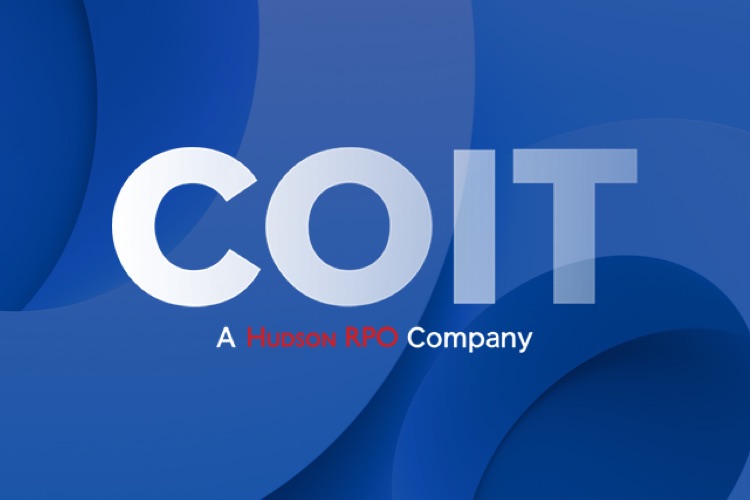As recruiting and retaining top talent has become more difficult, top employers everywhere are leveraging employee benefits as a strategic tool. Although pay is a motivating factor for many employees, there are several benefits and perks an employer can implement to entice others to join or stay. Since the pandemic began, organizations globally have given the work-from-home option which has not only been important, but crucial for these companies to survive. As the workforce changes, employees are prioritizing quality of life, learning and development, work/life balance, and growth potential when they make decisions about accepting a new position or staying in their current role. Whether you are concerned about keeping your employees or attracting top talent, employee satisfaction will play a key role in both. Below are some of the top reasons to invest in modern employee benefits:
- Increased productivity: Employee well-being boosts productivity and performance. When feeling well, employees display healthier behaviors and better decision-making.
- Higher employee morale: Employees feel more competent and valued when their needs are met at all levels, including physical, mental, and financial.
- Access to top talent: When your organization has a good reputation in the market as an employer who respects and supports work-life balance, you are more likely to attract skilled candidates and retain your existing employees for longer.
Learning and Development
Over the past few years, the way we work has been disrupted. In the same fashion, the way in which we recruit, onboard, and retain employees has also changed. The hard truth – it often takes lengthy processes to find and gain qualified talent that will come in and make an impact. Many times, the effort we put into our people stops there as organizations disregard the importance of developing their employees and putting time into their growth potential. With the rise of innovative technologies available to employers, there is a widening of the skills gap. For employers who are willing to invest time in employee training and development, they are propelled by their employees who feel supported and motivated to work hard. During times of change, reskilling and upskilling employees can be the difference between an organization thriving or failing. So, what can you do to help your employees? There are many ways to create a development plan however, one that identifies areas to develop and outlines the actions needed to enhance each individual’s learning has seen remarkable success.
Well-being

When done correctly, well-being programs give employees incentives, tools, social support, privacy, and strategies to adopt and maintain healthy behaviors – in and out of the workplace. Employees face challenges everyday whether it be relationships with colleagues or dealing with business decisions that impact their work. According to the CIPD 2020 survey report about Health and Wellbeing at Work, there has been a 37% increase in stress-related absence at work since the beginning of the pandemic and 89% of employees said that they have worked while feeling unwell. For some employees, requesting sick leave means disconnecting from their duties and taking time for themselves to recover. For others that are struggling with workload or commitments, they may feel an urge to work even when feeling ill. What can you implement to increase performance, motivation, and productivity of your current employees while also attracting quality candidates?
- Mental health and emotional well-being: Expand your support for programs addressing issues such as stress management, sleep improvement and resiliency, as well as supporting mental health programs employees and their dependent children.
- Caregiving support: When you’re a family caregiver, stressors and worries often carry over to the workplace. Around 88% of United States employees care for a loved one. Organizations are implementing family paid leave, free programs for finding and managing care, flexible spending arrangements (FSAs), Family and Medical Leave Act (FMLA) and employer-paid memberships to online resources.
- Work/Life balance: Having more flexibility (either through flexible hours or the option to work remotely) gives employees the freedom to manage their time in a way that works best for them. Many employers are also examining their parental leave policies, including time off for adopting a child.
- Financial well-being: Emergency savings, debt management and budgeting are great ways to provide well-being. Many organizations offer resources to support key financial decisions such as mortgages, wills, and income protection
- Well-being gifts – Has your boss given you a Peloton? Imagine offering your employees a monthly stipend to enjoy things such as their favorite yoga studio, home office stipends to ensure employees have what they need to be successful, a monthly house cleaning service to aid with house care, or even a mental health trip to unwind.
Social Support
Social support from friends and family, as well as other close relationships that may be within the organization, can have a lasting effect on various forms of stress – including workplace stress that can compromise overall health. Research shows that social support provided by individuals within the organization, particularly support provided by supervisors, has the greatest impact for employee well-being. Below are a few examples of how you can support those close to you:
- Lending a hand: Do you see that someone has a heavy workload? You can help or guidance during this time to reduce stress.
- Sharing praise: a simple “Thank you for your hard work, we value you!” can go a long way.
- Providing guidance: If wellness programs are currently place, sharing with others how to obtain or access these can significantly help cope with, and manage, stress.
- Employee assistance programs: These programs offer support for workers coping with divorce, domestic violence, death, depression or other personal issues.
Too many organizations in the market rely on a cut-throat, high-pressure culture to drive their financial success however, top employers know that is neither effective nor efficient. Not only is a cut-throat environment harmful to productivity over time but, it affects current and future employees and the business’ bottom line. Being flexible and compatible with employee’s present & future needs will allow you to understand what your existing culture is really made of and how this affects your workforce on any given day. Do you support employees when they fail? What do you really measure during employee performance reviews, results, or effort? Are you giving your employees the tools and resources to learn and develop skills?
In a changing market with fluctuating demands, an RPO partner can offer flexibility, scalability and advice. Get in touch with our team of talent experts today.
Newsletter
Blog Categories
Recent Posts

[Tech x Talent Dashboard] It’s time to change DEI metrics and tactics

3 Quick Tips to Improve Your Hiring Process

Beyond the Checkbox: DEI in 2024 and Beyond

The Unexpected Secret to Effective Rapid Response Hiring




